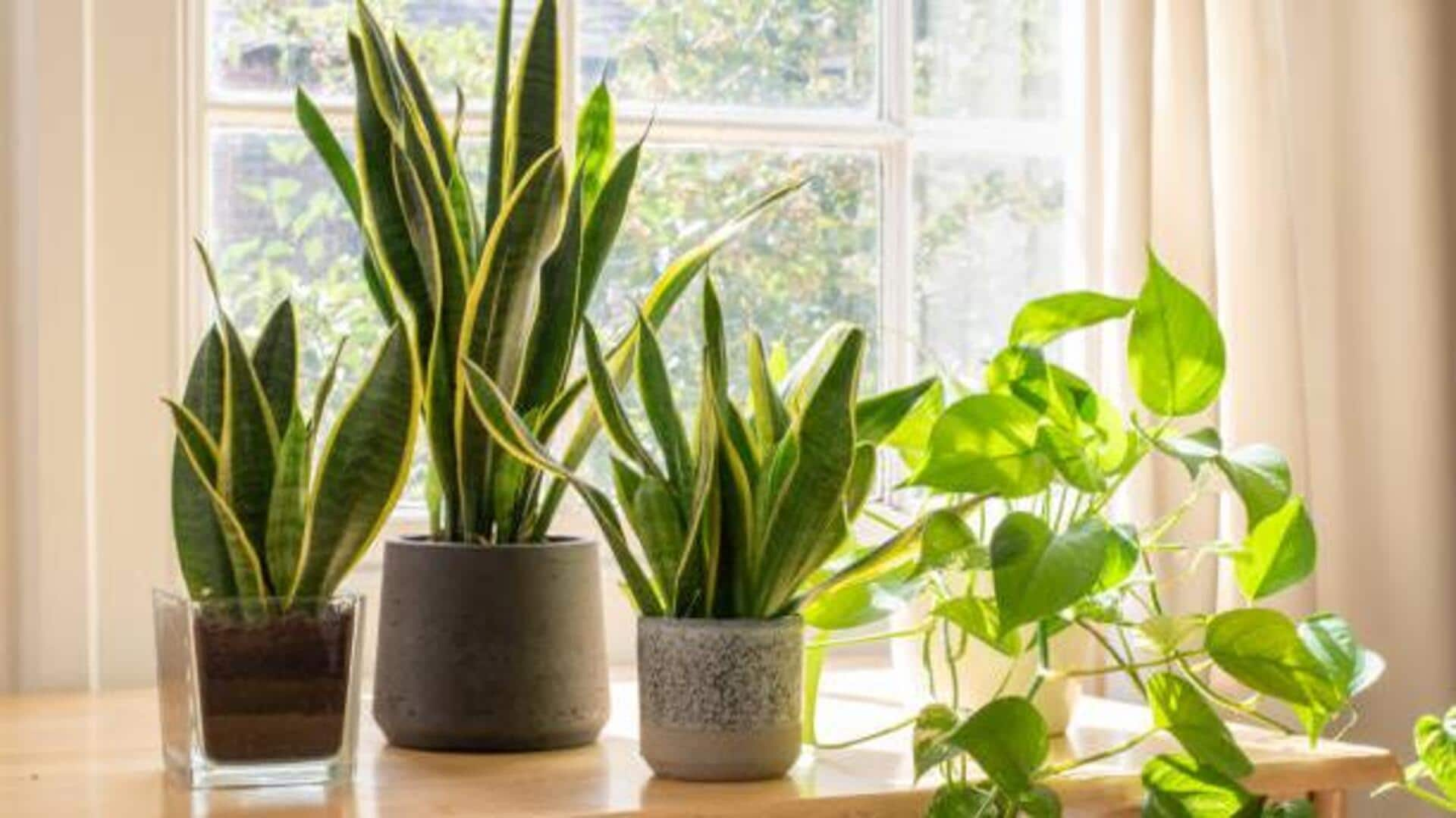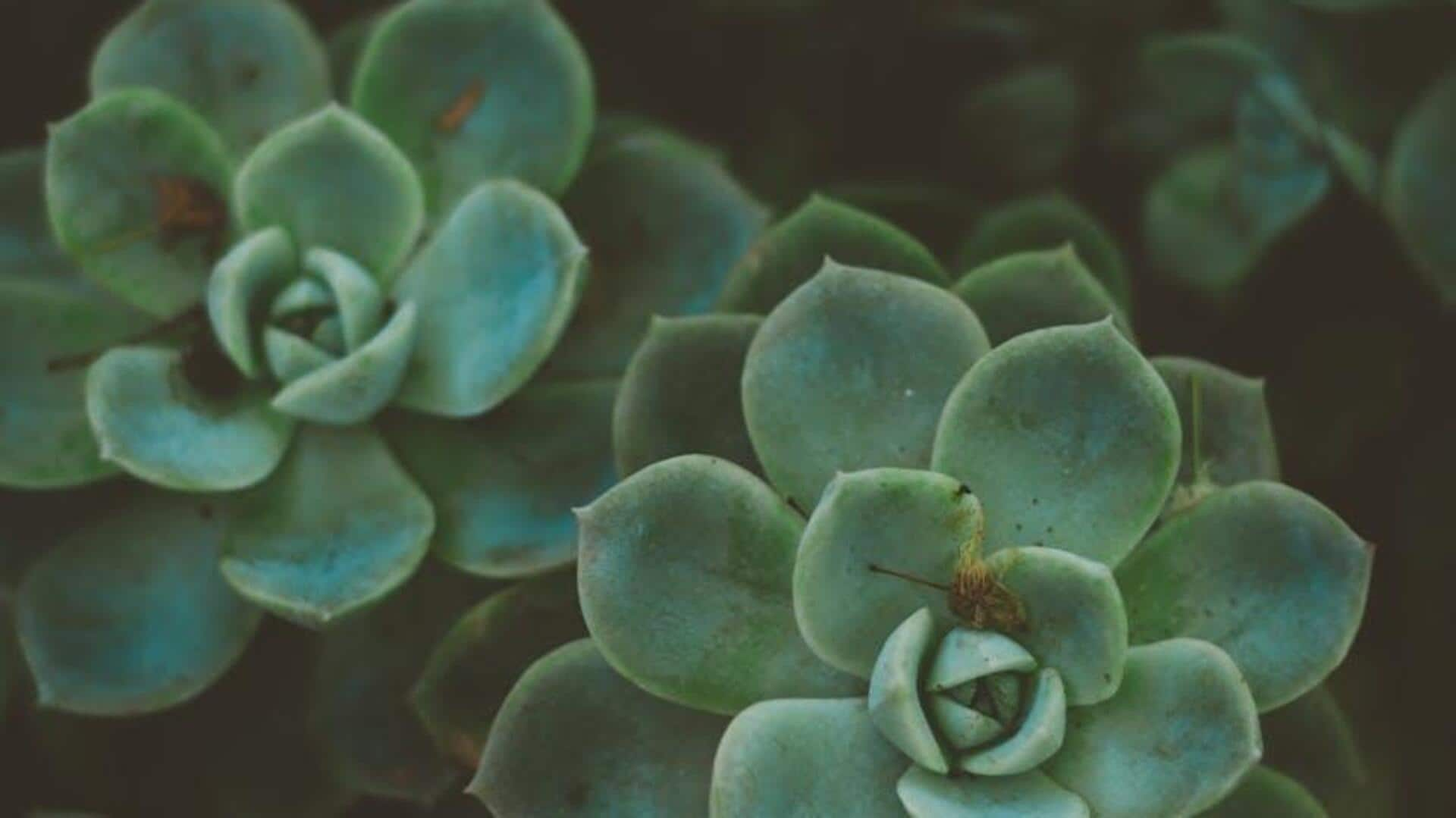Mums: Essential Care
Caring for mums requires attention to detail. Start by recognizing the need for proper watering, avoiding overwatering as indicated by yellowing leaves
or a general lack of growth, and understanding their light and soil requirements. Regular watering is crucial, especially for potted mums, with experts suggesting a consistent watering schedule to keep them healthy, without allowing them to sit in stagnant water. Deadheading, or removing spent blooms, encourages new flowers. Avoid planting mums in unsuitable locations, such as areas with poor drainage or intense sunlight. Furthermore, consider whether your mums are in pots. For potted mums, ensure proper care by providing them with adequate sunlight, water, and well-draining soil. Lastly, mums should not be treated as throw-away plants; appropriate care allows them to survive and rebloom the following year.
Aster Cutting Back
To ensure bigger, brighter asters next year, cutting them back in the fall is key. Timing is essential; the window of opportunity often falls after the first frost, as this signals the end of their blooming cycle. Trimming your asters encourages fuller growth and a profusion of flowers in the next season. Pruning stimulates new growth and prevents the plants from becoming leggy. This task usually involves cutting the stems back by about one-third to one-half of their height. The timing also affects the overall health of the plant, making it more resilient to harsh winter conditions. By cutting back the plants at the right time, gardeners help to encourage the plant to conserve energy and direct resources towards root development and preparation for spring growth. Always make clean cuts and remove any diseased or damaged foliage to maintain plant health and prevent the spread of diseases.
Lawn Fertilization Timing
Fall is the time to fertilize your lawn. The right timing and type of fertilizer are crucial for promoting healthy grass growth. The goal is to prepare the grass for the winter months and to encourage a vigorous start in the spring. When applying, choose a fertilizer formulated for fall use; these fertilizers typically contain higher amounts of phosphorus and potassium to promote root development. This also helps the grass to withstand cold temperatures. Avoid fertilizing too late in the season, as it may cause new growth that is vulnerable to frost damage. To avoid any issues, one should follow the directions for application, taking into account factors such as the grass type and climate conditions. Proper fertilization in the fall helps build up the grass's energy reserves and provides it with the nutrients needed to thrive in the following seasons.
Fall Tree Trimming
Deciding when to trim trees is a matter of understanding the trees' specific needs. While some trees benefit from fall pruning, others are better left until spring. Trees that are dormant, such as deciduous varieties, can often be pruned in the fall or winter months. This timing minimizes stress and allows the trees to heal before new growth begins in the spring. On the other hand, avoid pruning trees that are still actively growing. Pruning also helps improve the overall health of the tree, removing dead or diseased branches. However, timing is critical; pruning in the fall helps to eliminate potential issues and promotes healthier growth. By making the right choice, gardeners ensure their trees receive the best care for health and longevity.
Preparing Hostas Properly
Hostas also require special attention during the fall to ensure they survive the winter. Begin by cutting back the foliage of the hostas after the first frost. This prevents the spread of diseases. Clean up any fallen leaves and debris from around the base of the plants. Hostas may be mulched with compost to protect the roots. Avoid overwatering hostas in the fall; as the plants enter dormancy, they require less water. Also, hostas should not be fertilized late in the season, since this can stimulate new growth. Instead, concentrate on providing the proper environment for a healthy spring season. Protecting hostas from the harsh elements of winter ensures they emerge strong and healthy in the next growing season. By understanding the particular needs of hostas, gardeners can give them the best possible care.



